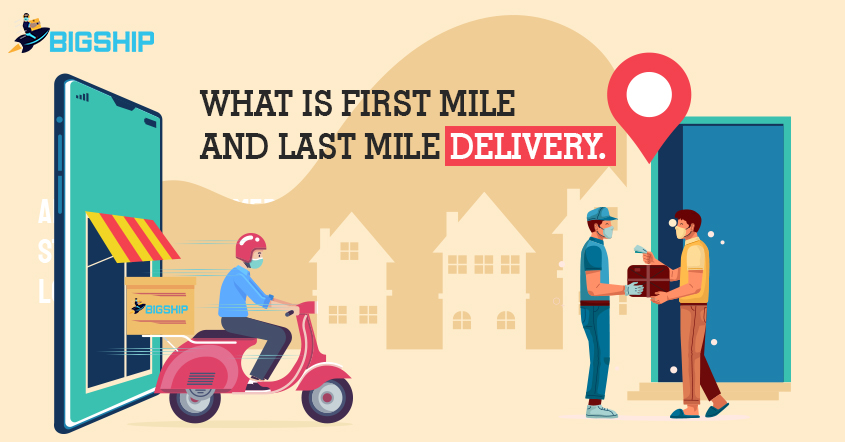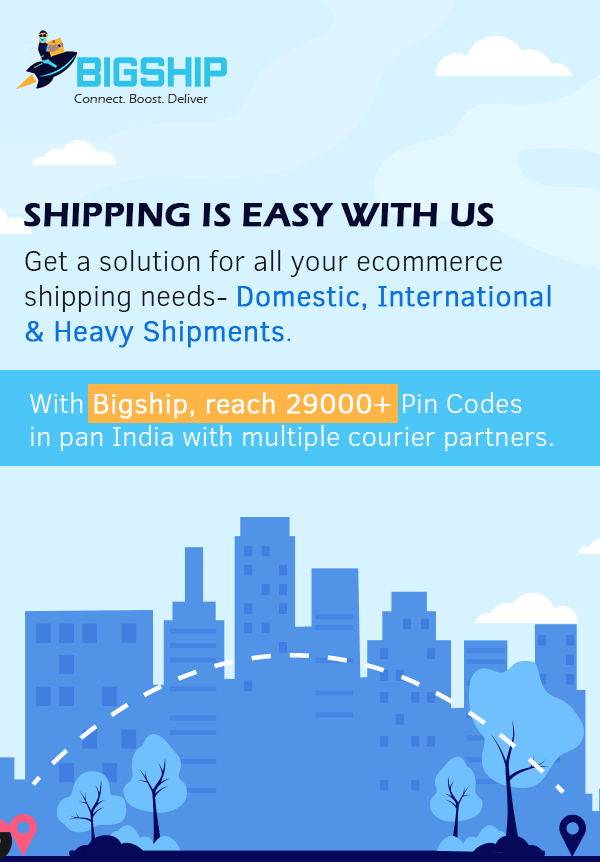What is First-Mile and Last-Mile Delivery?

Everything in the world is changing at a rapid pace. Every field is witnessing a different change. The changes have become more prominent after the worst effect of coronavirus on the world. No place is saved from the effects of the pandemic. Due to the pandemic, everything has become online. We prefer everything to be contactless to stop the spread of the coronavirus. Everyone prefers to shop things online, from basic daily needs products to even luxurious things that have been shopped by ecommerce stores, as the customer prefers to purchase products from the online stores to ensure the safety and safety of their families.
On the other hand, the businesses are struggling to cope with the changing customer needs like faster shipping, Hourly delivery, Same day delivery, contactless delivery, Zero cash payment, health updates, and many other things. Modern customers are more aware, and they want end-to-end transparency about their orders. They want their order to be completely traceable, where is their order, who will deliver it, when they receive it. Also, the customer expects brands to ensure flexible delivery.
To fulfil these many needs of the customer, the ecommerce seller, along with courier service partners, rethinks and plans their strategy accordingly. The supply chain leader needed to revisit the First-mile strategy and Last mile strategies. During this revolutionization, not only logistics partners or ecommerce sellers but also the complete nation must work along and strategize the best to ensure customer satisfaction.
To rasterize the delivery process, we first need to understand what is first-mile delivery, what is last-mile delivery. So let us quickly glance at the process of what is first-mile delivery and what is last-mile delivery.
What is First-Mile Delivery?
First-mile delivery can be defined as receiving an order from the customer to the seller. In first mile delivery, the customer places the order. The seller receives the order request; the seller prepares the package and packs it, and sends it to the third party (Courier partner) to deliver it to the final destination. In first mile delivery, most of the work depends on the seller. They need to ensure on-time preparations of the parcel to deliver it on time once the seller packs the parcel and scans the details of the parcel. The courier partner picks up the order and takes it to their warehouse to deliver it.
What is Last-Mile Delivery?
Last-mile delivery can also be referred to as the backbone of supply chain operations. Here starts the product’s journey from the warehouse of the courier partner to the doorstep of the customer. This last-mile delivery step is most critical and should be well managed for the speedy shipping of the products. Increasing demands of the customers have led to better strategies for the last mile deliveries to make it quick and efficient. Be it a personal residence, retail store, or any other place where the product needs to be delivered, it should be covering the way with a fast speed. This step should ensure the delighted customer experience and fulfill the customer expectations. However, this step is also quite expensive and complicated. Any ignorance or carelessness may spoil the reputation of your store and dissatisfied customers.
In last-mile delivery, the courier partner scans the package and dispatches it for the final shipment process. The parcel goes out from the warehouse to the city’s warehouse where it needs to be delivered. Many challenges are witnessed during the last mile delivery. Every time the delivery doesn’t have to be successful, sometimes the deliveries remain undelivered due to the absences of the customers.
It is significant to ensure that the last mile delivery is planned according to every situation.



